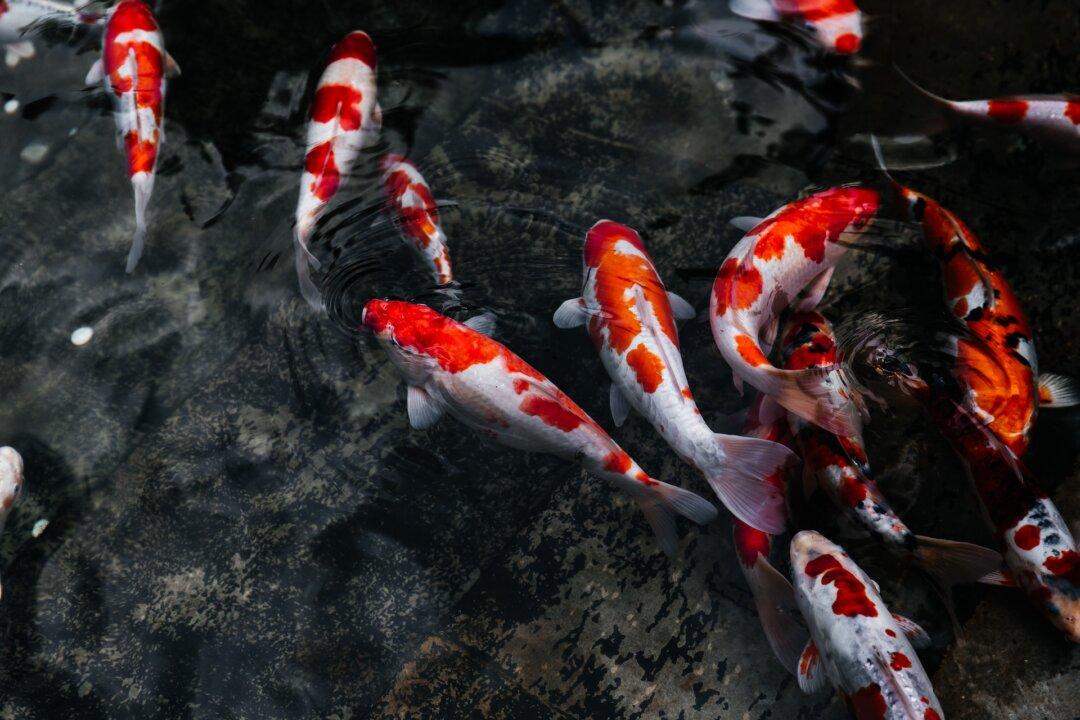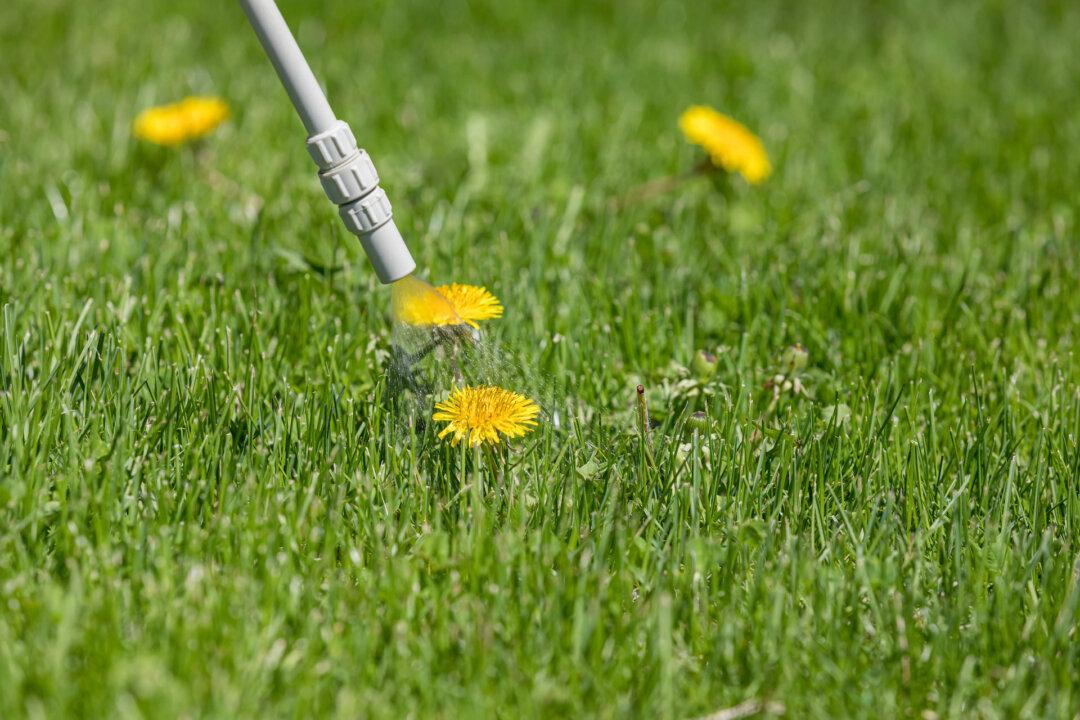When you see a fish that is inflated like a balloon and the scales are all sticking out at right angles from the body, that means the fish is drowning. It may have any number of diseases or other problems, but by the time you see the scales sticking out, it has kidney or gill failure, and it cannot get rid of the water buildup in the body.
In a typical goldfish pond, one pound of salt per 100 gallons of water will benefit the fish without harming anything else. Ten pounds of salt per 100 gallons of water is used as a chemical dip for a few minutes at a time to help get rid of external parasites. Koi and goldfish are very tolerant of salt. I once did the wrong math and had 10 times the salt in a salt dip tank: The fish immediately keeled over in the water and could not maintain their balance. I pulled them out after 10 to 30 seconds and placed them in unsalted water, and they showed no ill effects.
Raising the salt level in the pond to 3 pounds per 100 gallons over a week or so will potentially get rid of many parasite problems. This practice is often recommended first thing in the spring or when new fish are in quarantine, before adding them to the pond. Keep the salt level at 3 pounds for about three weeks and then slowly decrease it back down to 1 pound or to zero. In a pond with a functioning biological filter, there may be a dip in the population level of the beneficial filtration bacteria if the salt is increased too fast. During those few days, the ammonia or nitrite level could spike up to dangerous levels because the population of bacteria that consume ammonia or nitrite is reduced. If you overdose the salt, just remember the old adage: The solution to pollution is dilution. Remove some of the salty water and add freshwater to reduce the pond water’s salt level.
Most water garden plants and other animals, such as frogs and snails, will not be harmed at all by the 1-pound rate. The 3-pound rate will slow the growth of some plants and may kill some plants that float in the water, but unfortunately, it is not a good algae control method.
The best salt to use is kosher or pickling salt. It must not have any anti-caking ingredients, such as yellow prussiate of soda, that are toxic to fish. Solar and water softener salts are also not the best to use.







